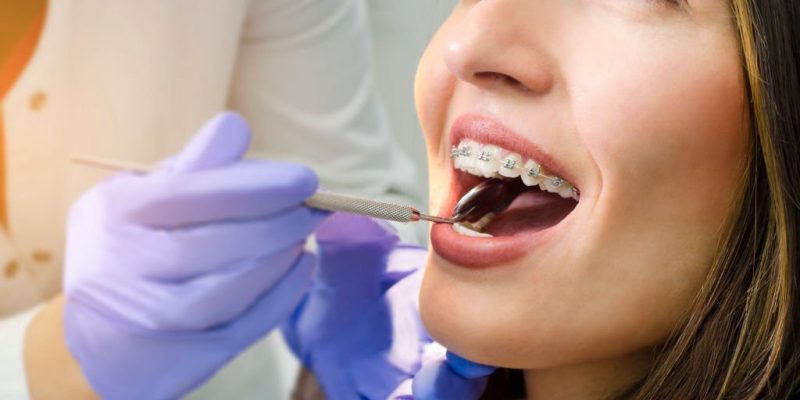A dentist or orthodontist recommends orthodontic treatment after thoroughly examining the teeth and jaws. The treatment plan will depend on the individual’s needs and the severity of their misaligned teeth and jaws. Misaligned teeth and jaws can cause a variety of problems, including:
- Difficulty biting or chewing food properly.
- Mouth breathing or snoring.
- Speech problems.
- Facial pain or headaches.
- Low self-esteem or self-consciousness about the appearance of the teeth.
Orthodontic treatment can correct these problems by repositioning the teeth and jaws into proper alignment. Before we dive into different orthodontic treatments, let’s learn what the treatments are about.
What Is An Orthodontic Treatment?
Orthodontic treatment is a type of dental treatment that aims to correct misaligned teeth and jaws. For more information, you can contact any dentist in Jacksonville, TX.
Fixed Orthodontic treatments use appliances, such as braces or lingual braces, to correct misaligned teeth. It can be used to correct a wide range of issues, including:
- Crooked or crowded teeth
- Overbite (upper teeth overlapping the lower teeth)
- Underbite (lower teeth overlapping the upper teeth)
- Open bite (lower and upper teeth don’t align in closed mouth)
- Crossbite (upper and lower teeth do not align properly)
This treatment can be lengthy, and it is essential to work closely with an orthodontist to determine the best treatment for your needs. Orthodontic procedures are complicated, but patience can retain your smile.
Orthodontists in Jacksonville can give you more information on how different types of ortho treatment can help you.
Different Types Of Orthodontic Treatment You Should Know Of
Braces:
Braces are the most common type of orthodontic treatment. They consist of metal brackets bonded to the teeth and connected by a wire. The wire tightens over time, slowly moving the teeth into their proper position.
Some newer forms of orthodontic treatment, such as metal braces, ceramic braces, and self-ligating braces, can speed up the process. Other orthodontic braces include Invisalign and lingual braces.
Clear aligners:
They are a brand-new orthodontic procedure that uses translucent plastic trays that fit over the teeth. This appliance moves the teeth into the correct position by applying moderate pressure to them.
Because clear aligners are easily removable for eating, brushing, and flossing, they are a well-liked orthodontic treatment option. To avoid conventional braces, adults frequently choose Invisalign as an alternative.
Retainers:
The retainer holds the teeth in place after completing orthodontic treatments. It can be removable or fixed and is typically worn at night. Orthodontists may need to wear retainers for an extended period, possibly for the rest of their life, to maintain the results of orthodontic treatment.
Following the orthodontist’s instructions for wearing and caring for your retainer is essential to ensure that you keep your teeth in their proper position. It is one of the most popular ortho treatments for teeth.
Space Maintainers:
Space maintainers, used for babies who lose their teeth too soon, can be either fixed or removable. They aid in maintaining a gap between baby teeth that is wide enough for an adult tooth to erupt.
These are crucial because they help shift the teeth that could otherwise take place could lead to crowded adult teeth.
Mouthguards:
A mouthguard shields teeth from severe injury when playing sports or working out. It can also lessen many individuals’ clenching while working out, which might avoid or lessen TMJ pain.
Tips For Effective Dental Care
Healthy teeth are cavity-free and spotless. Healthy gums are pink and firm and do not bleed. Follow these guidelines to maintain healthy teeth and gums:
- Be gentle with the toothbrush: Use a toothbrush with gentle bristles to clean your teeth twice daily. Every time, brush for at least two minutes.
- Put fluoride toothpaste to use: Fluoride works to fortify tooth enamel and guard against tooth decay.
- Replace your brush regularly: Replace your toothbrush every three to four months or sooner if necessary. Your teeth will be more thoroughly cleaned using an old toothbrush. Change the heads of your electric toothbrushes every three to four months.
Now You Know!
Orthodontic treatments can be lengthy, and the specific treatment plan will depend on the individual’s needs and the severity of their misaligned teeth and jaws. Working closely with an orthodontist to determine the best treatment for your specific needs is important.

